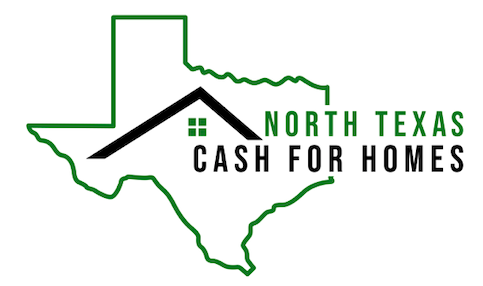Local Texas homeowners often deal with financial challenges and it’s normal for people to go through this so don’t feel like you’re alone. It’s about figuring out what your financial burden currently is and what the foreclosure prevention measures are that you can take advantage of.
Foreclosure is when the mortgage loan doesn’t get paid back and the bank begins the process to take ownership of the property to recoup its losses. So if you don’t take the process to resolve the issue, the bank will eventually foreclose and become the new owner of the home. If you are still in the home when this happens, then the bank will kick you out on the street with no remorse. So it’s very important to take action as soon as possible.
If you find yourself entering the foreclosure process, you might wonder if there is anything you can do about it. Luckily for you, there are a few options still available that you could potentially implement.
In this blog post, you’ll read about a few foreclosure prevention measures in Dallas that you can take to keep your home from foreclosure.
Foreclosure prevention measures in Dallas Texas
These foreclosure prevention measures might not all work in your situation but we’re telling you about them so you can make the decision for yourself:
1. Pay off your mortgage / sell your property. The quickest and easiest way to end the foreclosure process is to pay off your mortgage. After all, this is all the banks wanted in the first place so they would be happy to let you stay in your home and they get their money back. Admittedly, this is not always possible, which is perhaps the reason that you’re in foreclosure in the first place.
2. Work out a deal with your bank. Sometimes you can work out a deal with your bank where you sit down with a mortgage or foreclosure specialist and talk to them about changing the structure of your mortgage. Perhaps your payments get spread out so they are lower each month, for example. Just make sure that the deal works for you — you don’t want to just repeat the process.
3. Do a short sale. A short sale is when you sell the property and use the proceeds of the sale to pay down or pay off your outstanding amount with the bank. This keeps a foreclosure from impacting your credit score and it gets the bank off your back! You can call your bank to let them know you want to start the short sale process and ask them what they need from you to start this process.
Typically they will send you a large packet of documents you will need to fill out. They will also need for you to submit several other documents to support what you fill out on their documents. Keep in mind that you do need to be upside on your home for the bank to process this for you. You will also need to hire a knowledgeable real estate agent to help you with this type of transaction.
4. Give your deed in lieu. Another option would be a deed-in-lieu-of-foreclosure, which basically means that you will hand over the deed to your house to the bank and they agree not to put you through foreclosure. This will often only work if your house is worth approximately the amount owing on the mortgage. If not, the bank may pursue the difference.
5. File for bankruptcy. In some ways, bankruptcy is far more dramatic than a foreclosure because it impacts your whole life. However, once you file for bankruptcy, the foreclosure process has to stop so it’s still a foreclosure prevention measure.
If you’re not sure which one to do, consider this: If you can afford payments and you want to stay in the house then a foreclosure workout arrangement (#2) is probably your best option.
If you want to put everything behind you and move on with your life then consider selling your home and paying off your mortgage with that money.
